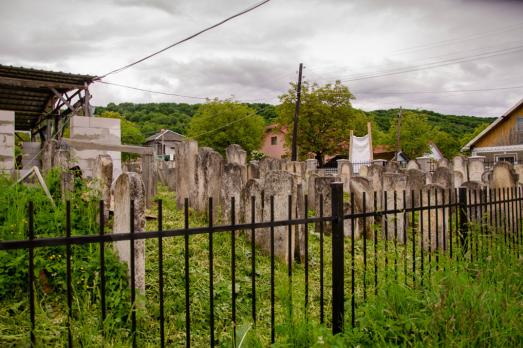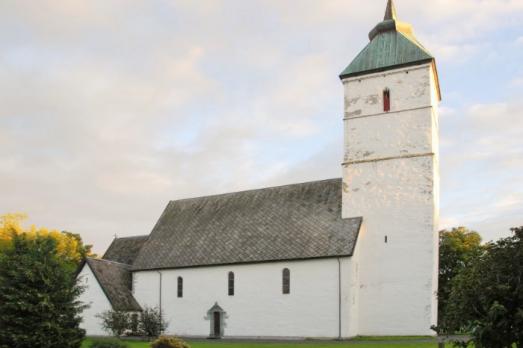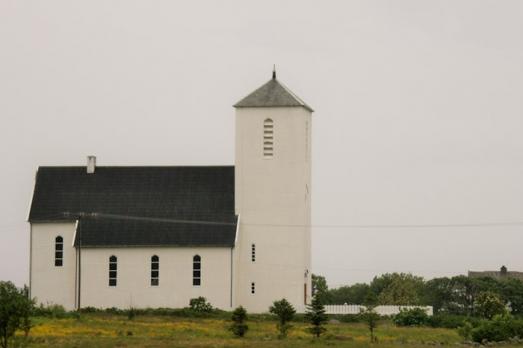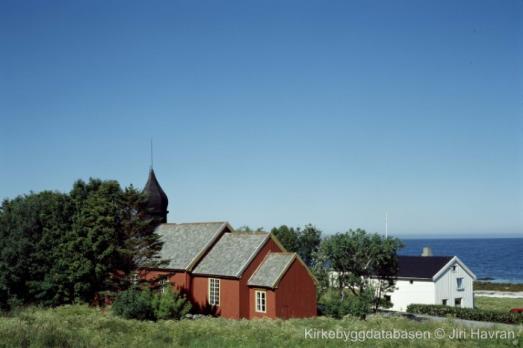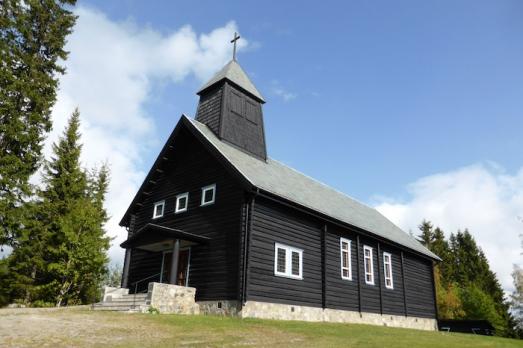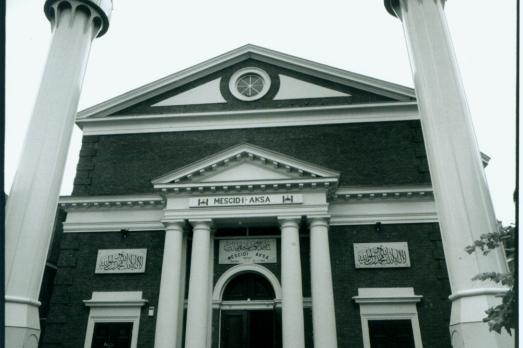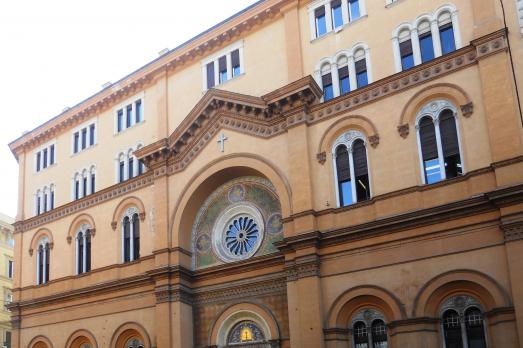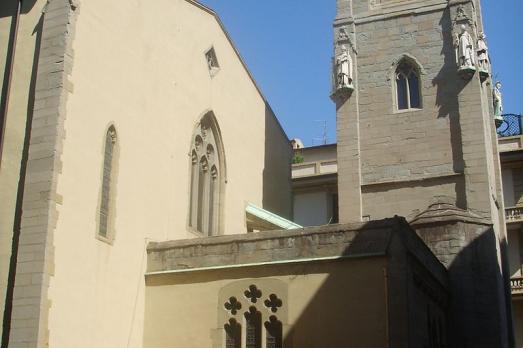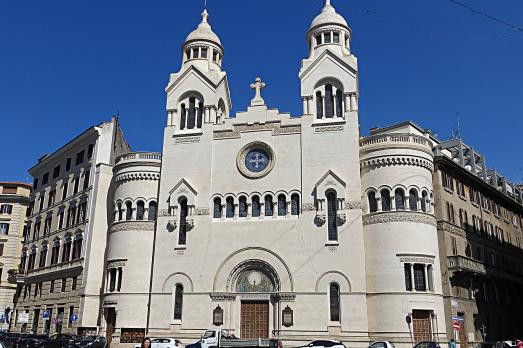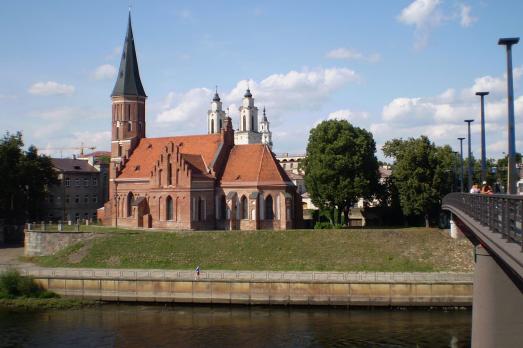
Vytautas the Great Church
Kaunas, LT
Vytautas the Great Church is the oldest church in Kaunas, built around 1400, and the only Gothic church in Lithuania with a cross-shaped plan. From the 17th to the 19th century, the church was damaged and misused by passing foreign troops, and the church ceased to be used for religious purposes in 1899. The building was reconsecrated in 1920 and repaired throughout the 20th century.
